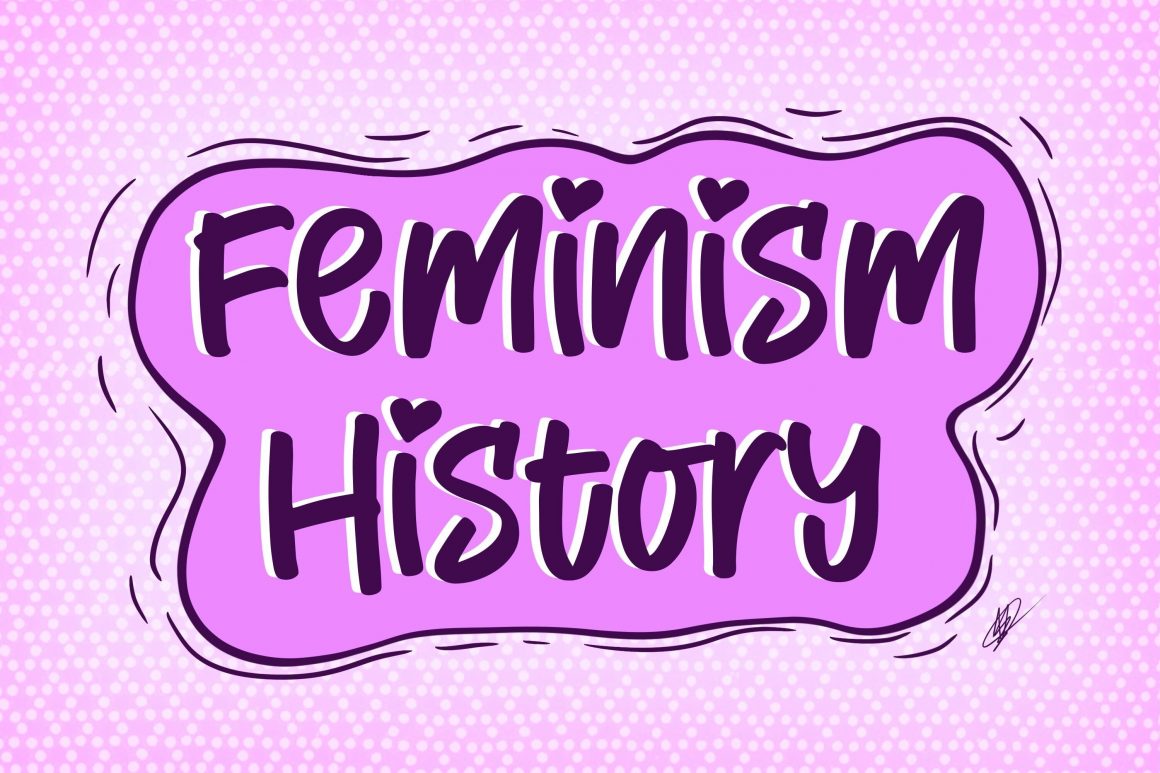
A brief reflection on feminism and its her-story
By Rachneet Randhawa, March 29 2022—
On March 8 we celebrate International Women’s Day (IWD) illustrating the empowering efforts of women and girls around the world who daily shape and transform the future for their communities. March also marks Women’s History Month and at the Gauntlet, we fight alongside incredible women around the globe who continue to battle the COVID-19 pandemic, and injustices endured by the BIPOC community combating racial, ethnic and gender inequality.
We must utilize this commemorative day to appreciate and make inclusive multiple and overlapping identities by adopting “intersectionality.” Originally coined by American scholar and activist Kimberle Crenshaw, this includes sex, gender, age, class, religion, disability and physical appearance, thus raising awareness that everybody has unique and disparate experiences of discrimination and oppression.
The history of the feminism movement had had three big waves in Canada. The first wave lasted from the mid-19th to the early 20th century known as “women’s suffrage.” The key goal was to allow women the right to vote and to be elected to political office. The second wave began in the 1960s, which focused more on the working woman and issues such as equal pay for equal work and access to contraception including birth control and abortion. The third began in the ‘90s, mostly in critique of the exclusion of racialized ethnic minorities and those who are marginalized.
The most recent fourth wave began in the late 2000s in response to allowing for more inclusivity, proper pronoun use and spurred further by sexual assault survivors. From the classic figure of Rosie the Riveter emerging post World War II, to the 21st century modern-day iconic “A Woman’s Place Is in the Resistance” utilizing Princess Leia adapted from the beloved Star Wars franchise are symbols of rebellion towards women’s labour rights and independence.
In March of 2018, a countrywide feminist Strike in Spain, la huelga feminsta, rallied nearly 5 million marches that refused to accept worse working conditions than men, or less pay for the same work. From the gender wage gap to the right to abortion, affordable childcare, women in combat and sex trafficking — we still have a long way to go.
The social constructs, culture enabling, political control and economic sanctions that a female and a women-identifying person is subordinate to, includes the gender binary and heteronormative preference that continues to subjugate them to power and control of patriarchal, racist and capitalist practices. Feminism is scholarly and gender is a category of analysis but it is also an experience. Both strive to understand equality and recognize the effects of patriarchy but also to move beyond the binary category of male-female.
Well known 20th century French sociologist Pierre Bourdieu’s concept of symbolic violence argues that access and participation in socio-economic opportunities is limited for women. Globalization and western patriarchy objectifies women by increasing body dissatisfaction and reinforces rape culture by being minimized in pop culture including being silenced, needing to be saved or prized similar to the settler-colonial conquest.
Other scholars such as British feminist film theorist Laura Mulvey would advocate that “fetishization” or hypersexualization and the male gaze explain racism and misogyny and the increase in hate crimes. For instance, Hollywood hypersexualization of Asian women as one-dimensional props and the Atlanta spa parlour shootings or BIPOC bodies being used through exaggerations are again rooted in colonialism.
Moreover, Argentinian feminist philosopher Maria Lugones would redefine categorical frameworks by questioning the marginalization of women in the workplace including what it means to break the glass ceiling. For instance, the exploitation and unfairness in labour relations includes economic sanctions women are bound to like the gender wage gap.
Many that argue in favour of the gender wage gap claim that it is a genuine socio-economic and systematic barrier situated against the inevitability of women’s role in mainstream society as women earn 81 per cent or $0.81 to the dollar compared to men.
Global feminism criticizes the very economic and political systems that maintain power relationships. Un Violdaor en Tu Camino protest performance from Chile highlights the systematic discrimination of physical and sexual violence on low-income women including economic abuse. Families that experience the vicious circle of domestic and sexual violence are vulnerable and susceptible to the destructive narrative of poverty.
Poverty perpetuates this conflict in more ways than one. Although the relationship between employment and domestic violence is a complex one, economic stress and hardship may increase the risk of domestic violence and exacerbate the financial difficulties of domestic violence survivors and continue to entrap them in poverty and abusive relationships.
The 21st century resurgence of women’s and also 2LGBTIA+ rights have reignited the extent of sexism and misogyny now with #TimesUp activism for labour rights, #MeToo for sexual harassment, Missing and Murdered Indigenous Women (#MMIWG) and now with the latest protests over Breonna Taylor in Spring 2020 and #SayHerName unravels the stark reality of what barriers women have overcome and yet still face.
This article is part of our Opinions section and does not necessarily reflect the views of the Gauntlet’s editorial board.
